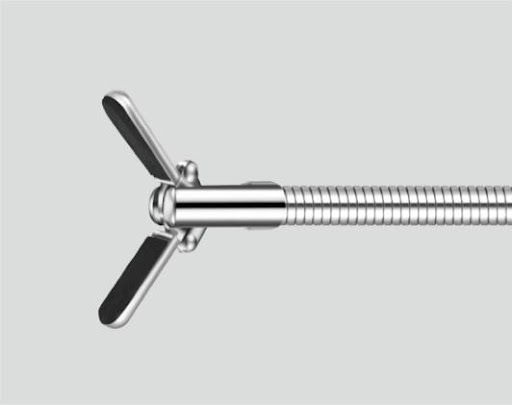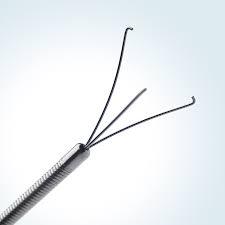Foreign body removal instruments - a safe and effective method of patient care

Foreign bodies in the organism are a common problem in surgery, they occur in both children and adults. Such cases often require urgent medical care. To remove objects quickly and safely, surgeons use endoscopic foreign body removal instruments.
Most often, the objects have to be removed from the upper gastrointestinal tract (esophagus, stomach, duodenum), but sometimes they are found in the intestines, rectum, and bronchial tree. These can be coins, paper clips, pens, toothbrushes, food clumps, and bezoars.
Foreign body removal devices can be in the form of graspers, hooks, forceps, baskets, and loops (endoscopic snares). The choice of a specific instrument depends on the type of foreign body and the organ in which it is located.
For example, needles, paper clips, and pins can be removed with forceps, bezoars with special nets, food meat can be more easily fixed with a hook, and long objects can be captured with a retrieval basket.
Foreign body retrieval devices are made of metal with anti-corrosion properties and are not damaged by stomach acid, blood, and other biological fluids. Also, this equipment is resistant to physical factors (high temperature, pressure, steam), so it can be sterilized regularly without risk of quality loss.
Endoscopic foreign body extraction instruments - the main types
Foreign body removal instruments for endoscopy have a different structure and shape of the working part, which allows them to securely grip the object and hold it during extraction. The special design of the instruments also prevents damage to the organ itself during manipulation. This is a very important factor because objects in the body can be large, long, and have sharp edges.
The main types of tools:

- Retrieval grasper. These are tools in the form of bipeds, tripods, or five-leggeds with hooks or loops at the ends. Hooks for endoscopes are optimal for grasping and removing soft or irregular bodies, while loops are ideal for removing polyps. These are called polypectomy graspers.
- Alligator forceps for endoscopy. They have serrated branches that are suitable for grasping, fixing, and safely removing objects with sharp edges. The opening width is 7 or 8 mm.
- Rat tooth grasper. The instrument has a split-edged branches that can open to a width of 5 mm. A rat's tooth is usually used to remove flat objects, such as coins.
- Pelican grasping forceps. The opening width of the branches is 11.5 and 15 mm, notches and hooks on the edges allow you to remove large objects. The mechanism of precise closing of the branches ensures reliable fixation of the foreign body. Pelican graspers are made of metal with high mechanical properties.
- Polypectomy snares. These are instruments that are used specifically for polyp removal. They can be oval, hexagonal, or crescent-shaped. With this equipment, surgeons perform polypectomy in the stomach and intestines without damaging the surface of the organ and with minimal risk of bleeding.
There is a combined instrument – rat tooth alligator forceps. It has long serrated branches with two teeth at the ends. This option is optimal for the difficult removal of flat and hard foreign bodies. Surgeons also use polypectomy forceps.
